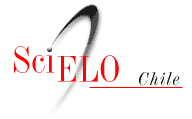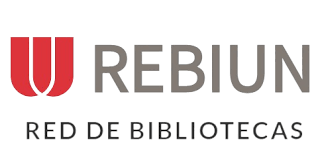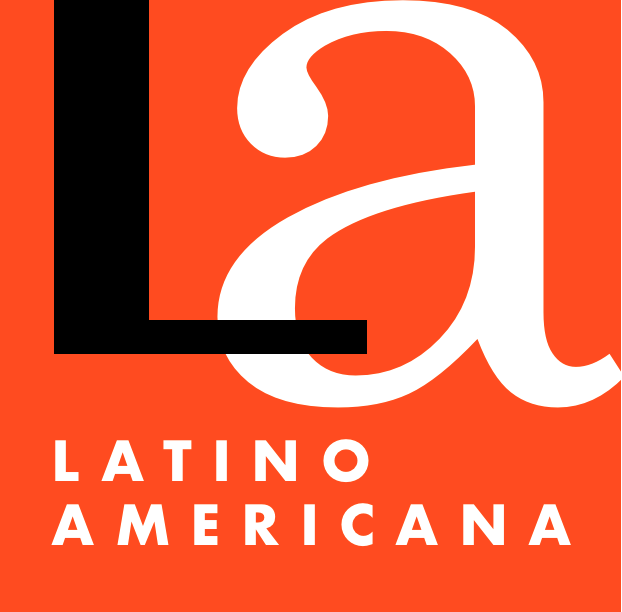Submissions
Submission Preparation Checklist
As part of the submission process, authors are required to check off their submission's compliance with all of the following items, and submissions may be returned to authors that do not adhere to these guidelines.- The submission has not been previously published, nor is it before another journal for consideration (or an explanation has been provided in Comments to the Editor).
- The submission file is in OpenOffice, Microsoft Word, or RTF document file format.
- Whenever available, DOI's are provided for references.
-
The text adheres to the stylistic and bibliographic requirements outlined in the Author Guidelines.
Disclaimer of authorship and conflict of interest
- The manuscript does not bear the names of the authors in the text or in the information in the Word file. To anonymize the article, review the Publication Guidelines.
-
The authors declare:
- that we have directly contributed to the intellectual content of this article, and therefore are in a position to take public responsibility for it and agree to have our names listed as authors.
- that this work is unpublished and will not be submitted to other journals while we await the reviewers’ decision from this journal.
- that we have complied with the necessary ethical procedures. There is no potential conflict of interest in this work; if any exists, it will be disclosed on the title page by identifying the sources of funding, as indicated in the journal’s editorial guidelines.
Copyright Notice
The works that are published in this journal are subject to the following terms:
- Latin American Journal of Inclusive Education retains the patrimonial rights (Copyright) of the published works, and favors and allows the reuse of the same under the license of use indicated in point 2.
- The works are published under the Creative Commons Attribution (by). This license allows the exploitation of the work, as well as the creation of derived works, the distribution of which is also allowed with the condition that express reference is made to the author, that is, that its name appears in any use or act of exploitation that is made of the work.
- Authors are allowed to deposit pre-print, post-print or published versions of their articles in a repository if their choice.
Privacy Statement
Names and e-mail addresses entered in this magazine will be used exclusively for the purposes set out in this magazine and will not be provided to third parties or used for other purposes.












